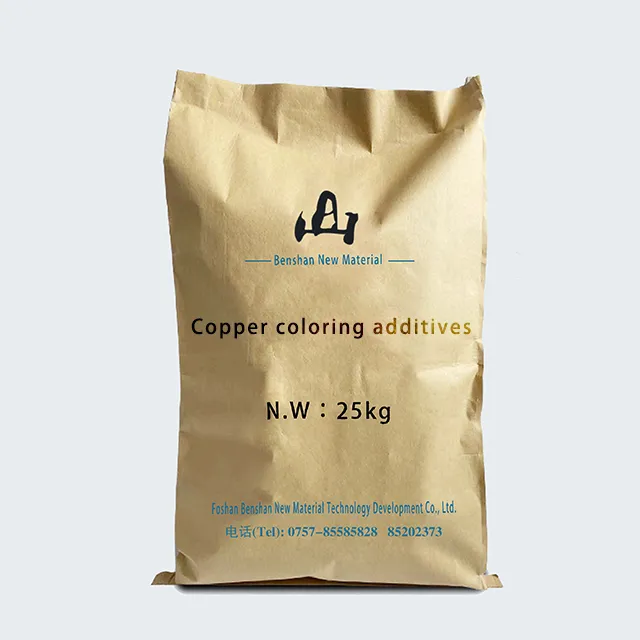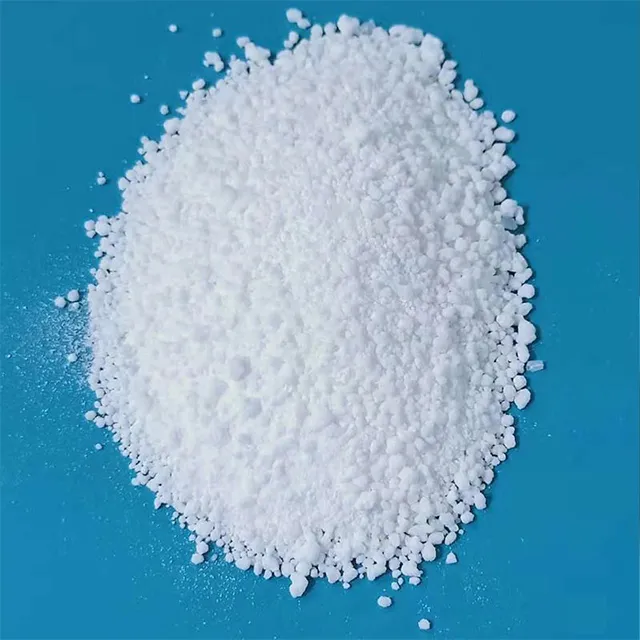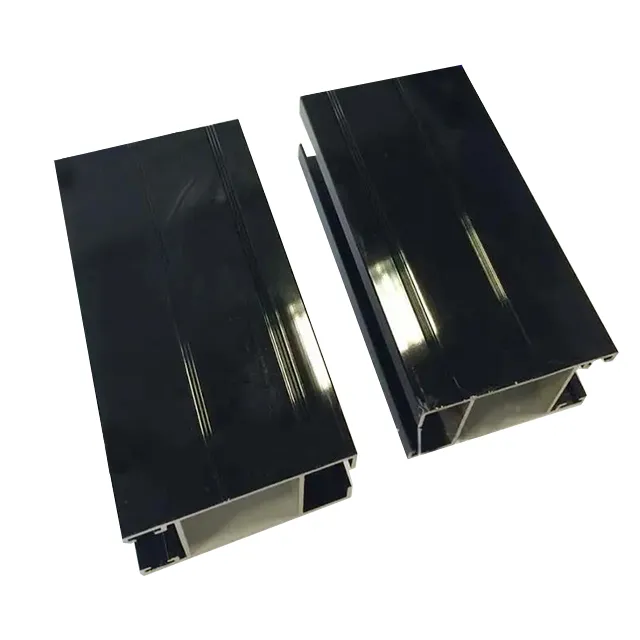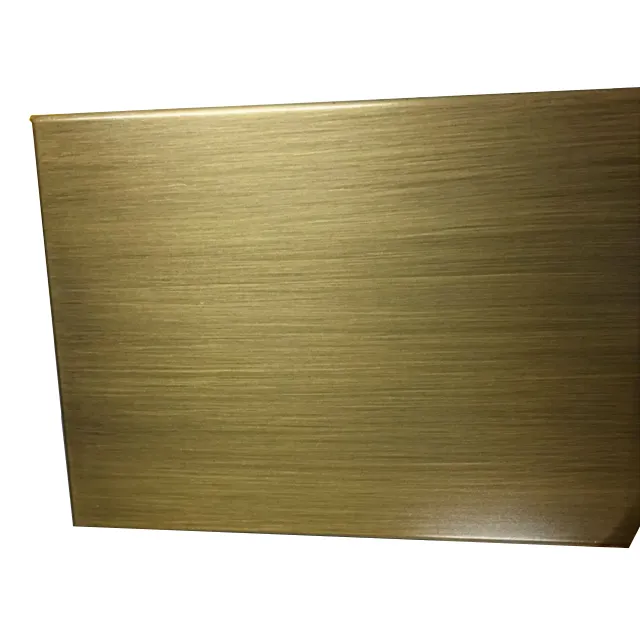
What are the Pros and Cons of electrolytic coloring additives?
2024-07-19 15:30
In modern industrial production, electrolytic coloring is a commonly used surface treatment technology and is widely used in decorative and functional treatments of aluminum and its alloys. By using specific electrolytic coloring additives, this process significantly improves the material's aesthetics and corrosion resistance.
This article will analyze in detail the advantages and disadvantages of electrolytic coloring additives, revealing the scientific principles behind this technology and its performance in practical applications.

What is the basic principle of electrolytic coloring?
Electrolytic coloring is a process that uses electrochemical reactions to form an oxide film on the metal surface and color it. It is usually used in the treatment of aluminum and its alloys. By adding specific additives to the electrolyte, electric current is used to form a dense oxide film on the metal surface, and pigments are embedded in the oxide film to achieve the purpose of coloring.
How many types of electrolytic coloring additives are there?
According to different chemical compositions and functions, electrolytic coloring additives can be divided into the following categories:
1. Metal salt additives: such as titanate, tungstate, manganate, etc.
2. Organic dye additives: such as azo dyes, phthalocyanine dyes, etc.
3. Inorganic pigment additives: such as iron oxide, titanium oxide, etc.
Each type of additive plays a different role in the electrolytic coloring process, and choosing the right additive can significantly improve the coloring effect.

What are the advantages of electrolytic coloring additives?
The advantages of electrolytic coloring additives:rich colors, good decorative effect, enhanced corrosion resistance, improved wear resistance, simple operation, low cost, environmentally friendly.
1. Rich colors and good decorative effect
Electrolytic coloring additives can achieve a variety of colors, including black, gold, cyan and other colors, making metal materials more decorative. In particular, organic dye additives can be formulated with different dye combinations to achieve colorful decorative effects.
2. Enhance corrosion resistance
The oxide film formed by the electrolytic coloring process has high density and uniformity, which can significantly improve the corrosion resistance of metal materials. The metal salt components in the additives, such as titanates and manganates, not only contribute to coloring, but also further enhance the corrosion resistance of the oxide film.
3. Improve wear resistance
Additives can improve the hardness and wear resistance of the oxide film, making the colored metal surface stronger and more durable. In particular, inorganic pigment additives, such as iron oxide and titanium oxide, can significantly improve the wear resistance of the surface and extend its service life.
4. Simple operation and low cost
The electrolytic coloring process is relatively simple and suitable for large-scale industrial production. The cost of using electrolytic coloring additives is relatively low, which can effectively reduce production costs and improve production efficiency.
5. Environmentally friendly
Modern electrolytic coloring additives usually use non-toxic and harmless ingredients, reducing environmental pollution. In particular, some new organic dye additives have good biodegradability and are more environmentally friendly.

What are the disadvantages of electrolytic color additives?
Disadvantages of electrolytic coloring additives: poor color stability, high process control requirements, limited applicable materials, complex waste liquid treatment, and high temperature treatment risks.
1. Poor color stability
Although electrolytic coloring additives can achieve colorful decorative effects, some organic dye additives have poor color stability and are easily affected by external factors such as sunlight and temperature, causing colors to fade or darken. For demanding application scenarios, additives with high light and weather resistance need to be selected.
2. High process control requirements
The electrolytic coloring process has high requirements for the control of process parameters, such as current density, electrolyte temperature and additive concentration. A little carelessness may lead to uneven coloring or color difference. Especially in large-scale production, process parameters need to be strictly controlled to ensure consistent product quality.
3. Applicable materials are limited
Electrolytic coloring is mainly suitable for aluminum and its alloys, but has poor applicability to other metal materials. Although there are some electrolytic coloring technologies for other metals, their effects and application range are still limited, restricting the wide application of electrolytic coloring additives.
4. Waste liquid treatment is complicated
Although modern electrolytic coloring additives tend to be environmentally friendly, some metal salt components in the electrolyte still need to be properly handled to avoid environmental pollution. The waste liquid treatment process is complex and costly, requiring companies to increase their investment in environmental protection.
5. Risks of high temperature processing
Some electrolytic coloring processes need to be performed at high temperatures, which places higher demands on equipment and operators. During the high-temperature treatment process, the temperature needs to be strictly controlled to prevent excessive growth of the oxide film or quality problems, which increases the difficulty of the process.

In summary, electrolytic coloring additives have the advantages of rich colors, enhanced corrosion resistance and wear resistance, simple operation, and environmental friendliness. However, they also have poor color stability, high process control requirements, limited applicable materials, complex waste liquid treatment, and high temperature. Dealing with risks and other shortcomings.








